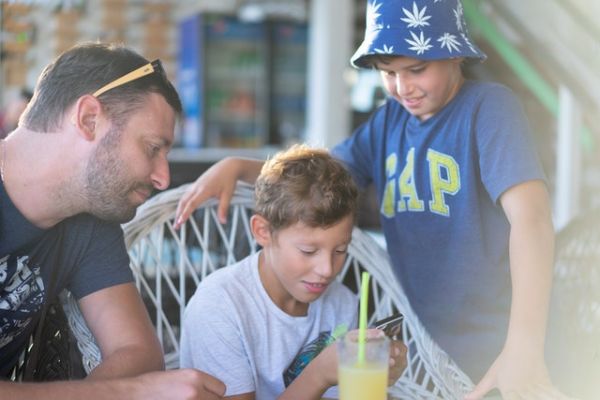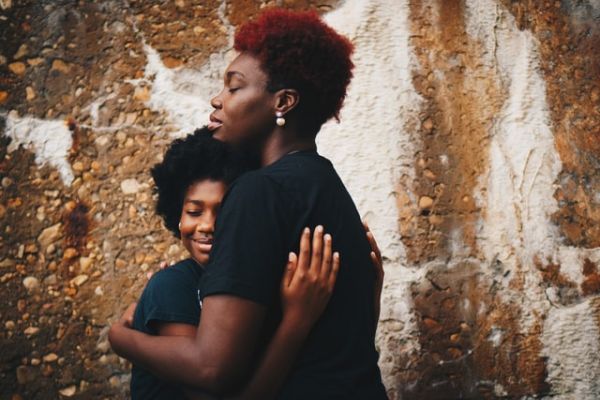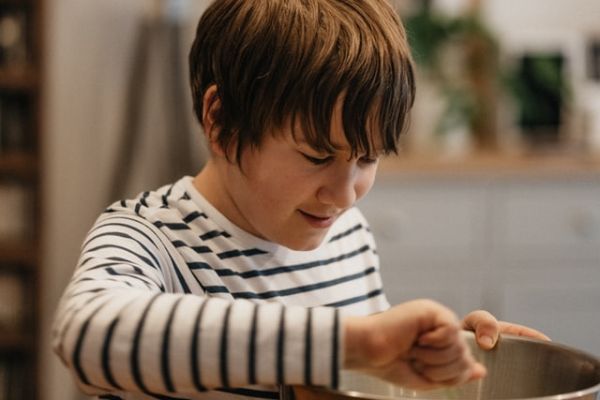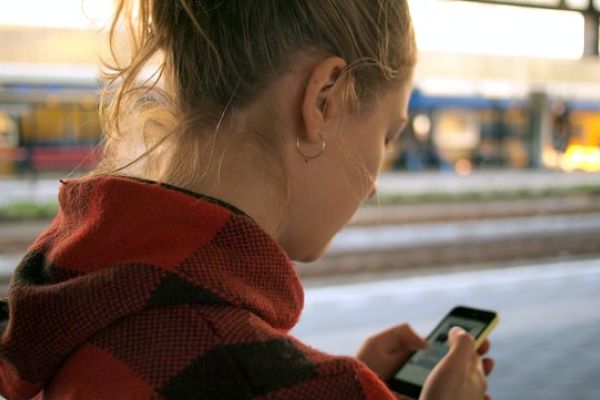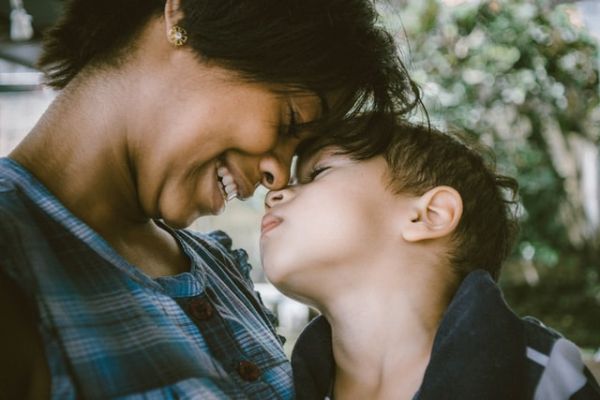How can I help my child with anxiety?
Anxiety is a feeling of worry or fear that is experienced as a combination of physical sensations, thoughts and feelings.
All children and young people feel worried sometimes - it’s a normal part of growing up.
Anxiety becomes a problem when a young person feels stuck and it becomes unmanageable. If this goes on for a long time, it can leave them feeling exhausted and isolated, limiting the things they feel able to do.
If your child is struggling, there are ways that you can help – from providing emotional support, to working on practical strategies together and finding the right professional help if they need it.
What are some of the symptoms of anxiety?
Physical: Difficulties breathing, digestive problems, tense muscles, sweating or feeling very hot.
Thoughts and feelings: Focusing on negative thoughts, feeling on edge or frightened, a sense of dread, alert to sounds, trouble sleeping, or excessive worrying about specific situations.
Coping behaviours: Withdrawing or isolating themselves, repeating certain behaviours, eating more or less than usual or self-harming.
How can I help my child in an anxious moment?
When your child is in the middle of intense anxiety, they may feel frightened, agitated or worried about having a panic attack. The most important thing to do is help them relax and feel safe.
You might like to try some of these things together:
Breathe slowly and deeply together. Count to five as you breathe in, and five as you breathe out. If this is too much, try starting with shorter counts and gradually get longer.
Sit with them and offer physical reassurance. Feeling you nearby, or holding your hand or having a cuddle can be soothing.Reassure them that the anxiety will pass. It can be helpful to describe it as a wave that they can ride or surf until it peaks, breaks and gets smaller.
Ask them to picture a safe and relaxing place. Agreeing a place together when they’re feeling calm and carrying a momento, like a seashell or pebble, can help.
Try using all five senses together. Ask them what they can see, touch, hear, smell and taste. This can bring them closer to the present moment and reduce the intensity of their anxiety.
Encourage a calming activity. Walking, listening to music, drawing, writing in a journal, or watching a favourite film can help the anxiety to subside.
Make time to reflect together
When your child is feeling calmer, there are things that you can do to help them reflect so that they can develop some coping mechanisms. The more confident they feel about helping themselves when things are hard, the more they will believe in their ability to reduce feelings of panic.
Ask them what it feels like in their body and mind in a gentle and explorative way (follow our tips for Opening Up).
Explore possible triggers. If your child is worrying about things that are outside of their control, it might help to name together who is responsible for managing the problem – for example, you might say, “worrying about money is the parents’ job”.
Make a worry box or self-soothe box. It might help your child to write down their worries and give them a physical place to be ‘held’. Or they might prefer a self-soothe box, which they can fill with things that help them when they feel anxious – like photos, fidget toys, scented oils and positive quotes.
Remember that everyone is different, and that over time you and your child can work together to find the things that work best for them in these moments.



